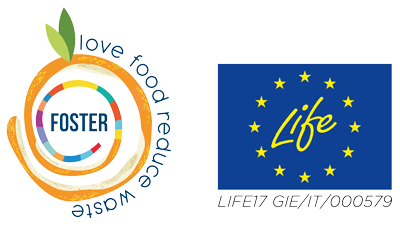Global food waste has been an inherent problem for decades. Since food waste and food loss severely affect the entire biosphere, they should be solved with immediate and all-encompassing strategies. Nonetheless, due to the COVID-19 pandemic that created drastic disruptions within the economies worldwide, tackling food waste became somewhat more complex.
While some early studies show positive results in reducing food waste at the consumer level, significant financial losses and large food waste volumes occurred at the pre-consumer stages of the food chain.
Food chain system and the pandemic
Production and processing level
Some countries introduced restrictions at the very beginning of the pandemic, bringing farmers, producers, and processors into a difficult position.
Since profitable farming and agriculture, as well as factory production, depend on the market´s supply and demand rule, closing the foodservice establishments meant there are no more stages of the food supply chain where the produced food could be sold. These outbreaks created a surplus of products that producers could not reduce.
For example, an excess of produced milk could not be controlled since the cows had to be milked no matter if the demand exists or not. Moreover, it wasn´t possible to direct the produced milk into the production of other dairy products since there is a restricted processing ability and lack of proper storage. (https://farmdocdaily.illinois.edu/2020/09/food-waste-and-covid-19-impacts-along-the-supply-chain.html)
Developing countries experienced the same pitfalls, especially on farms. For example, in The Philippines, the authorities closed all the big commercial roads, which had a detrimental effect on the farmer´s earnings. Not only was the livelihood of the farmers damaged, but also the crops they grew and harvested had to be destroyed. (https://borgenproject.org/food-waste-during-the-pandemic/)
The pandemic has affected the food processors as well, namely meat processing facilities. The reduced demand caused disruptions among workers worldwide since the factories and other processing facilities had to be shut down or decrease their work power. The regular production volume had to be wasted since nobody was prepared for a sudden lockdown.
Food service and retail level
The entire food supply chain is interconnected, and outbreaks on one end cause similar anomalies on the other. The supermarket chains, small markets, restaurants and other eateries had to be closed in most countries. When the restrictions arrived, food services had large amounts of food ready to be prepared for upcoming days. All this food ended up being wasted. (https://farmdocdaily.illinois.edu/2020/09/food-waste-and-covid-19-impacts-along-the-supply-chain.html)
Lockdown caused financial losses to supermarkets since they had fruits and vegetables that began to ripen and rot very quickly. Many supermarkets hold an aesthetic standard of fruits and veggies since buyers will not choose the ones with marks or any signs of ripening. Therefore, these fruits and veggies also ended up being discarded. Certainly, changing this type of buyer´s behavior is a must, but it is a topic for another article.
Consumer level
Some of the first studies on pandemic effects on food waste show a slight improvement in reducing food waste within households. The studies showed that fear of not being able to shop for food regularly led consumers to buy and stockpile more non-perishable products, which caused less food waste in general. The unpredictable new living conditions that COVID-19 brought resulted in tendencies to spend all the food bought previously due to the fear of further disruptions.
Another positive outcome is connected to raised awareness on the total food loss and its environmental effects. This positive trend was noticed especially among young people. (https://www.sciencedirect.com/science/article/abs/pii/S0959652621005539#!)


